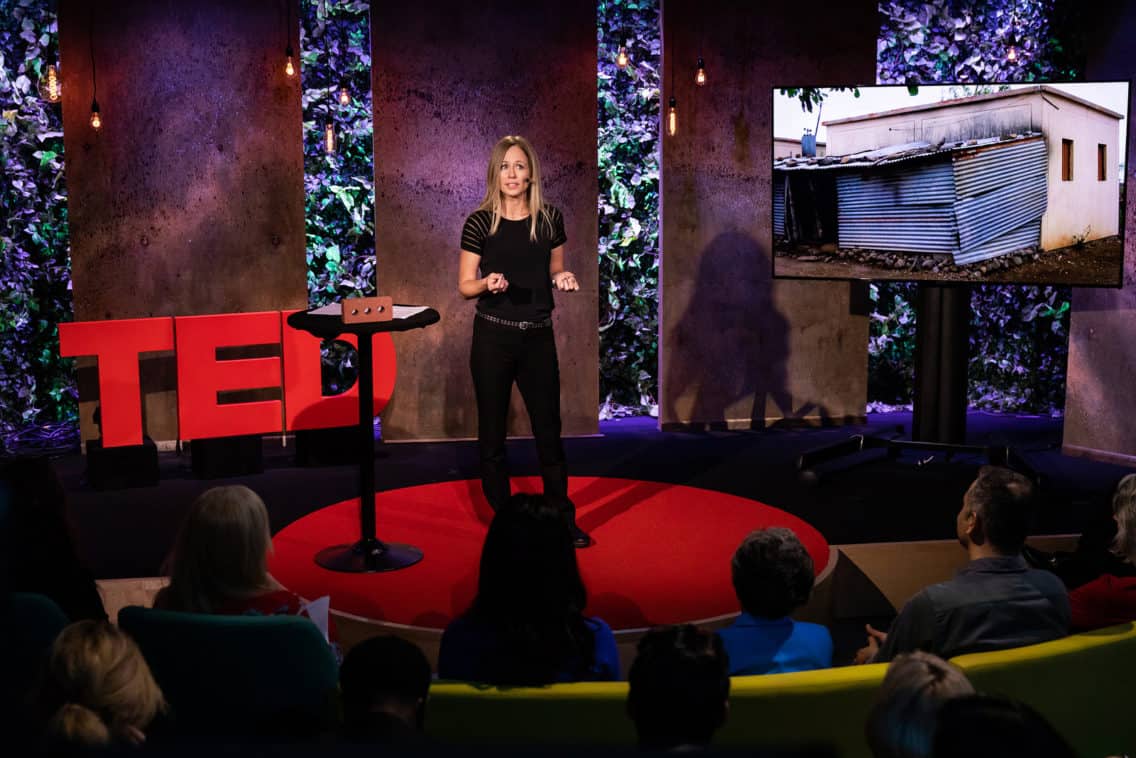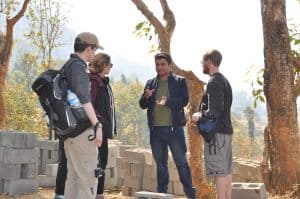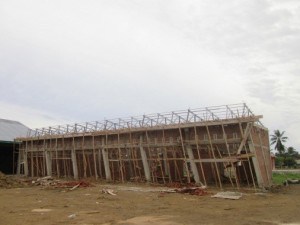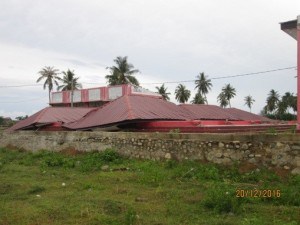WASHINGTON, D.C., Sept. 25 — Dr. Elizabeth Hausler, Founder and CEO of Build Change, delivered an impassioned TED Talk to the organization’s “We the Future” conference in New York, joining thousands of other social entrepreneurs and activists in calling for a renewed commitment to building housing resilience and battling poverty in the developing world.
The marquis event at the TED World Theater in Manhattan celebrated the 73rd annual opening session of the United Nations General Assembly.



 Contributed by Paul Lewis
Contributed by Paul Lewis 
